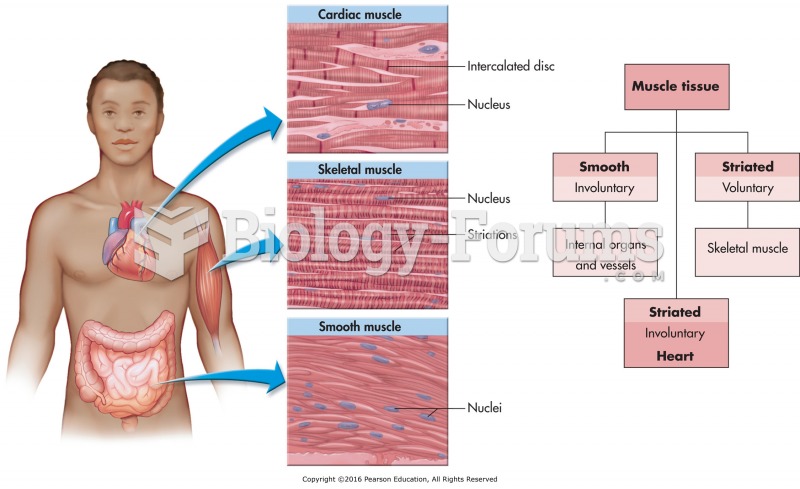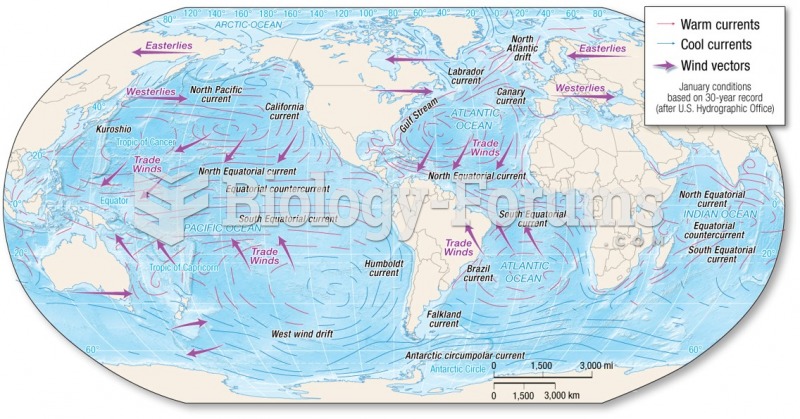Answer to Question 1
Western boundary currents are those that move warm water towards the pole. They are narrow currents with relatively defined boundaries. They are deep and move fast. There are 5 large western boundary currents, the Gulf Stream being the largest.
Western boundary currents tend to be depleted of nutrients and have little or no upwelling events associated with them. This makes them relatively biologically unproductive.
Eddies are commonly found in western boundary currents as well.
Eastern boundary currents carry cold water towards the equator. They are shallow and broad with ill defined boundaries. These currents are slow moving.
Although eddies tend not to form in eastern boundary currents like eastern boundary currents, there is coastal upwelling commonly associated with them.
Transverse currents travel from east to west or vice versa. They are vital in connecting eastern and western boundary currents. These are a result from trade winds. The Antarctic Circumpolar Current is the transverse current which is the also largest of all ocean currents.
Mid-latitude, eastern flowing currents are wider and flow slower compared to equatorial transverse currents. This is due to the influence of trade winds.
Answer to Question 2
Terrigenous sediments are those sediments that have their origins on land and are typically the most common and abundant sediment type on the ocean floor, especially in neritic deposits. There are several sources of terrigenous sediments. First, rivers transport huge amounts of sediments into the ocean and river runoff is the primary source of terrigenous sediments. Scientists predict that 15 billion metric tons of terrigenous sediment is transported by rivers to the ocean each year. Secondly, winds blow dust, sand, and volcanic ash into the ocean. It is estimated that about 100 million tons of dust, sand, and ash blow into the ocean each year.







